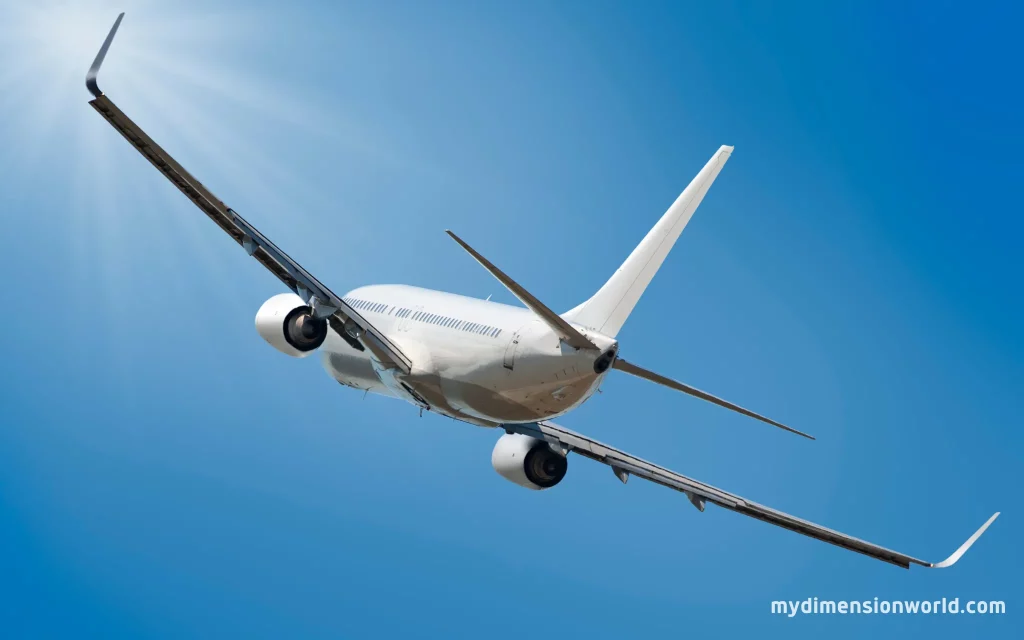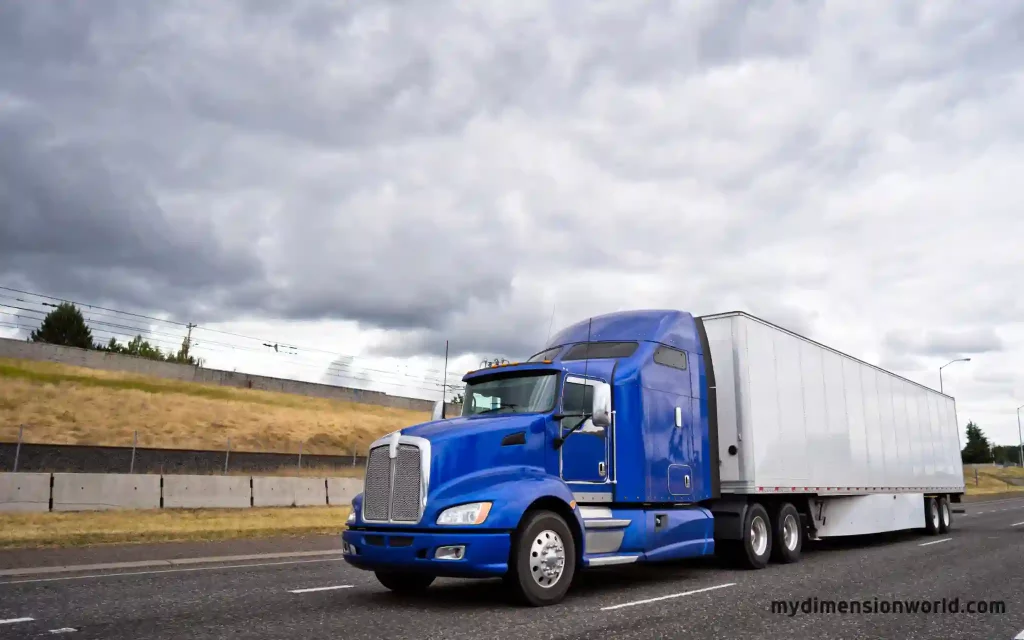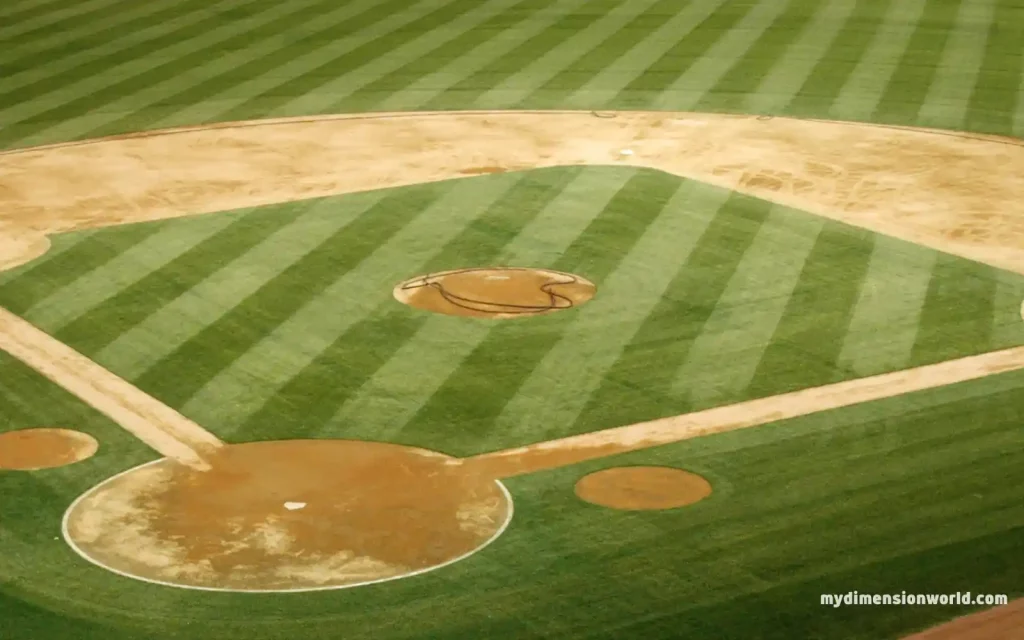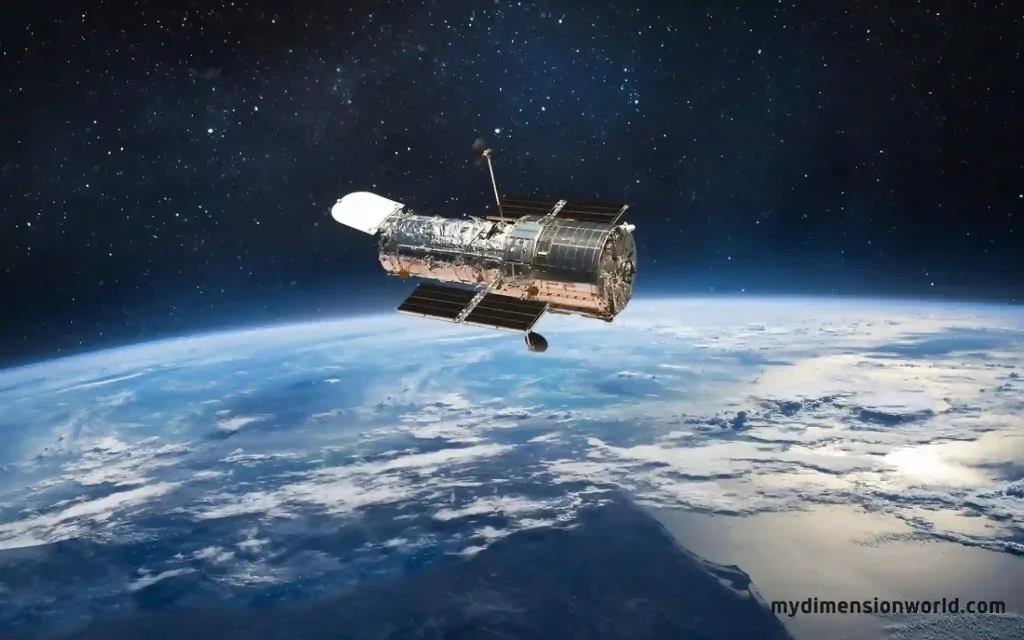When we think of measurements, we often default to the metric system. However, in many cases, the imperial system is still used, and one of its units is feet.
The number 80 may not seem particularly significant at first glance, but it is a length that many structures and objects are built or grow to.
For example, 80 feet is approximately equivalent to the Height of an eight-story building or the size of a tractor-trailer truck.
Interestingly, there are a few theories about why the foot became a unit of measurement. One theory posits that it originated from our prehistoric ancestors’ practice of measuring distances by walking them out using their feet as a standard.
Another theory suggests that it was based on an average adult male’s foot length. Regardless of its origin, we use “feet” as just one way to measure distance.
1. The Height of an Eight-Story Building


The Height of an Eight-Story Building length measurement of 80 feet (ft) is the Height of an eight-story building. It’s hard to imagine how tall eight stories are without seeing it in person – but chances are most people have seen at least one building this tall before.
In architectural terms, an eight-story building would typically be considered mid-rise rather than high-rise, starting at around twelve stories or more, depending on local regulations. However, even eight stories can provide an impressive view from up top!
2. The Wingspan of a Boeing 737-800 Airplane


Let’s look at an example of 80 feet (ft) in the transportation industry.
The wingspan of a Boeing 737-800 airplane is approximately 117 feet (ft), meaning each wing is roughly 58.5 feet (ft) long.
This means that if you were to stand next to a fully-assembled airplane, its wings would stretch out on either side of you to about the length of an Olympic-sized swimming pool. Understanding lengths such as these in the aviation industry cannot be overstated.
Every detail must be precise for an aircraft to operate correctly and safely during takeoff, flight, and landing.
Without complex mathematical calculations and precision manufacturing. It’s unlikely airplanes could achieve such impressive feats as staying aloft for hours on end or crossing entire oceans without stopping.
3. The Length of a Standard Railroad Boxcar


Railroad boxcars are a common sight on railways worldwide and come in various sizes. However, the standard length for a railroad boxcar is usually around 80 feet long.
These boxcars transport everything from raw materials to finished goods, and their size makes them versatile enough to accommodate a wide range of cargo.
The design of these boxcars has changed over time, with modern versions featuring more advanced technological features such as electronically-controlled braking systems and improved stability control.
Despite this, they still maintain an average length of around 80 feet. These boxcars are an essential component in the transportation industry, as they allow for the efficient movement of large quantities of goods over long distances.
4. The Length of an Articulated Bus


Articulated buses are commonly used in urban areas for public transportation due to their capacity to carry more passengers than standard buses.
They feature two sections connected by an articulation joint allowing more excellent maneuverability around tight corners and congested streets.
These buses typically measure around 18 meters (59 feet) long. But it can be up to 80 feet long with additional trailers attached.
5. The Length of a Tractor Trailer Truck


Tractor-trailer trucks are commonly used for long-haul transportation across the United States and other parts of the world. These vehicles consist of a tractor unit that houses the driver’s cab and engine, connected to one or more trailers carrying cargo behind it.
The standard length for these trailers is usually around 53 feet, although they can sometimes be longer. When the tractor and trailer are connected, the total length of a tractor-trailer combination is usually around 80 feet.
Due to their size and weight, these vehicles require skilled drivers and specialized training to operate safely on highways.
6. The Distance from Home Plate to First Base on a Baseball Field


Baseball has been called America’s Pastime. And it’s easy to see why when you consider how ingrained it is within American culture. One essential part of baseball is the field layout which includes bases arranged in a diamond shape.
The distance from home plate to first base on a baseball field is approximately 80 feet or about 27 meters.
This distance represents one-quarter of the diamond shape that makes up each base path.
7. Wingspan of NASA’s Hubble Space Telescope


The Hubble Space Telescope is a four-story high observatory orbiting about 340 miles above the Earth’s surface. The telescope’s primary mirror is nearly 8 feet in diameter, and the solar panels attached to each wing measure an impressive 80 feet in length.
The Hubble Space Telescope spans about 43 feet from end to end. This massive wingspan allows the telescope to gather significant solar energy to power its systems.
8. Tentacles of Giant Squids and Jellyfish


Some creatures in our oceans have tentacles that reach lengths up to 80 feet long, such as giant squids and some species of jellyfish. These tentacles are used for capturing prey or defending against predators.
The giant squid is known for having the most enormous eyes among all known animals, with a diameter that can reach over 10 inches wide. They use these large eyes to detect movements and light changes deep in the ocean where they live.
Conclusion
From buildings towering over us to spacecraft reaching new heights, it’s incredible how much we can accomplish with this specific length measurement as our guide.
Studying giant squids and their impressive tentacles also reminds us of that. There is still so much left undiscovered in our vast oceans. So, as we continue exploring our planet and beyond.
Let’s keep pushing ourselves toward discoveries and never stop marvelling at what we can achieve with ingenuity and innovation.




